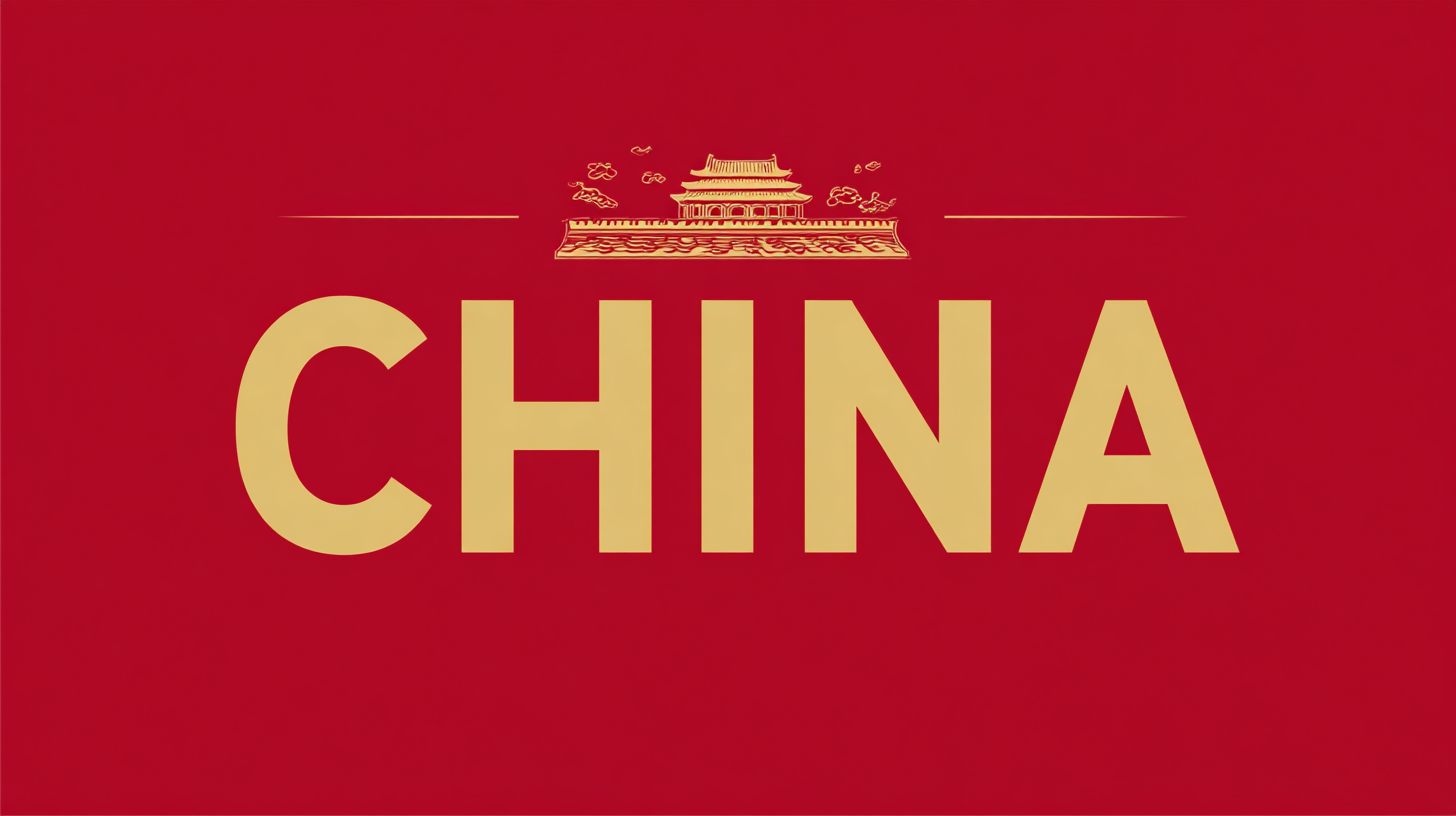Uncovering the Best China Product Quality Through Comprehensive Comparisons
In the dynamic global marketplace, the demand for high-quality products from China has been surging, driven by its status as a leading manufacturing hub. According to a report by Statista, China's exports reached approximately $2.6 trillion in 2022, with a significant proportion attributed to electronics, textiles, and machinery. However, the challenge for consumers and businesses alike lies in navigating the varying degrees of product quality that come from this vast landscape. A comprehensive comparison of products is essential for identifying not just the best quality offerings but also understanding the reasons behind these distinctions.
This blog aims to uncover the best product quality from China by delving into detailed comparisons, providing valuable insights that can help consumers make informed decisions in a market flooded with options.
The Importance of Product Quality in China's Manufacturing Landscape
In the dynamic landscape of China's manufacturing, product quality emerges as a critical factor for success. With a vast array of products flooding the market, consumers often face challenges in distinguishing between high-quality goods and subpar alternatives. This reality places an urgent emphasis on understanding quality standards and implementing rigorous evaluation processes. By prioritizing quality, businesses not only enhance customer satisfaction but also boost their competitiveness in a crowded marketplace.
When assessing product quality, one essential tip is to research manufacturers thoroughly. Look for those with internationally recognized certifications, such as ISO standards, which demonstrate a commitment to maintaining high quality throughout their production processes. Additionally, consider the importance of sampling. Before committing to large orders, requesting samples can provide crucial insights into the quality, durability, and overall performance of the products.
Another valuable tip is to stay informed about material sourcing and production techniques. Quality often begins at the raw material level, so know the sources and processes involved in creating the product. Engaging in direct communication with suppliers to discuss their practices can yield significant advantages, ultimately ensuring that the products you offer meet the high standards your customers expect.

Key Industries Benefiting from High-Quality Products in China
In recent years, various key industries have experienced a significant boost thanks to the high-quality products manufactured in China. One of the most notable sectors is electronics, where innovations in technology and manufacturing processes have led to the production of cutting-edge devices. Companies like Huawei and Xiaomi have not only increased their market share globally but have also set new standards in quality and performance. This dedication to excellence has transformed China into a manufacturing powerhouse, challenging long-established brands from other countries.
Another industry reaping the benefits is automotive manufacturing. Chinese car manufacturers, such as BYD and Geely, have made impressive strides in producing reliable and competitively priced vehicles. With an emphasis on quality, these companies are increasingly exporting their products to international markets, appealing to consumers who prioritize both value and performance. Furthermore, the rise of electric vehicles (EVs) has placed China at the forefront of sustainable transportation, as the country invests heavily in developing high-quality battery technology and EV production capabilities.
A Comparative Analysis of Quality Standards Across Chinese Products
Understanding the quality standards of Chinese products is essential for consumers and businesses alike. According to a report by Statista, in 2022, nearly 28% of manufacturing companies cited quality control as their biggest challenge when sourcing products from China. This highlights the importance of comprehensive comparisons in assessing quality across various sectors.
When examining the standards set by organizations such as the China Quality Certification Center (CQC), it becomes evident that products in categories like electronics and textiles are subject to rigorous testing and certification processes. For instance, the CQC noted a 10% increase in compliance rates for electrical appliances from 2020 to 2021, reflecting improvements in manufacturing practices. Comparative analyses reveal that while some sectors have made significant strides, others still struggle with inconsistent quality control, affecting global market competitiveness.
Moreover, a survey from the International Organization for Standardization (ISO) indicated that 65% of Chinese manufacturers are now adopting international standards to enhance product quality. This shift suggests that consumers can expect to see a more standardized and reliable product offering as companies strive to improve their standing in both domestic and international markets. The dynamic nature of these standards necessitates ongoing evaluations to ensure compliance and boost consumer trust.
Real-World Applications: Success Stories of Quality Chinese Products
The real-world applications of high-quality Chinese products are increasingly evident in various sectors, as innovative companies leverage cutting-edge technologies to lead in global markets. For instance, Chinese enterprises are at the forefront of developing low-carbon technologies, playing a crucial role in the global green transition. Their successful implementation not only drives down costs but also enhances the efficiency of renewable energy solutions, showcasing how quality manufacturing and innovation can converge to address critical global challenges.

Another fascinating success story unfolds in the entertainment industry, where emerging platforms have tapped into market trends prevalent in China. The rise of short-form content, especially “micro-dramas”, illustrates how Chinese creativity and understanding of domestic consumer behavior have resulted in disruptive formats that resonate globally. This dynamic demonstrates not just the quality of Chinese products but also their adaptability and ability to define new trends in diverse markets. Such examples highlight the strengths of China's manufacturing prowess and its strategic position in shaping global industries.
How to Evaluate and Compare Product Quality Effectively in China
When evaluating and comparing product quality in China, it's essential to establish a systematic approach that considers various factors influencing the final output. Start by identifying the specific product categories and their relevant standards. Understanding domestic and international quality benchmarks will provide a solid foundation for your evaluation.
Gathering data from reliable sources, including industry reports and customer reviews, can yield valuable insights into manufacturers’ reputations and their adherence to quality standards.
Next, conducting side-by-side comparisons through physical inspections or sample testing can reveal significant differences in quality. Pay close attention to aspects such as materials used, craftsmanship, and overall functionality. Engaging third-party inspection services can also be beneficial, as they offer an unbiased assessment of the product quality.
Moreover, leveraging technology, such as mobile apps or online platforms that facilitate quality comparisons, can streamline the evaluation process and enhance decision-making. By being methodical in your approach, you can confidently uncover the best product quality that meets your standards in the competitive Chinese market.
 English
English Español
Español  Português
Português  русский
русский  Français
Français  日本語
日本語  Deutsch
Deutsch  tiếng Việt
tiếng Việt  Italiano
Italiano  Nederlands
Nederlands  ภาษาไทย
ภาษาไทย  Polski
Polski  한국어
한국어  Svenska
Svenska  magyar
magyar  Malay
Malay  বাংলা ভাষার
বাংলা ভাষার  Dansk
Dansk  Suomi
Suomi  हिन्दी
हिन्दी  Pilipino
Pilipino  Türkçe
Türkçe  Gaeilge
Gaeilge  العربية
العربية  Indonesia
Indonesia  Norsk
Norsk  تمل
تمل  český
český  ελληνικά
ελληνικά  український
український  Javanese
Javanese  فارسی
فارسی  தமிழ்
தமிழ்  తెలుగు
తెలుగు  नेपाली
नेपाली  Burmese
Burmese  български
български  ລາວ
ລາວ  Latine
Latine  Қазақша
Қазақша  Euskal
Euskal  Azərbaycan
Azərbaycan  Slovenský jazyk
Slovenský jazyk  Македонски
Македонски  Lietuvos
Lietuvos  Eesti Keel
Eesti Keel  Română
Română  Slovenski
Slovenski  मराठी
मराठी  Srpski језик
Srpski језик  简体中文
简体中文  Esperanto
Esperanto  Afrikaans
Afrikaans  Català
Català  שפה עברית
שפה עברית  Cymraeg
Cymraeg  Galego
Galego  繁体中文
繁体中文  Latviešu
Latviešu  icelandic
icelandic  ייִדיש
ייִדיש  беларускі
беларускі  Hrvatski
Hrvatski  Kreyòl ayisyen
Kreyòl ayisyen  Shqiptar
Shqiptar  Malti
Malti  lugha ya Kiswahili
lugha ya Kiswahili  አማርኛ
አማርኛ  Bosanski
Bosanski  Frysk
Frysk  ភាសាខ្មែរ
ភាសាខ្មែរ  ქართული
ქართული  ગુજરાતી
ગુજરાતી  Hausa
Hausa  Кыргыз тили
Кыргыз тили  ಕನ್ನಡ
ಕನ್ನಡ  Corsa
Corsa  Kurdî
Kurdî  മലയാളം
മലയാളം  Maori
Maori  Монгол хэл
Монгол хэл  Hmong
Hmong  IsiXhosa
IsiXhosa  Zulu
Zulu  Punjabi
Punjabi  پښتو
پښتو  Chichewa
Chichewa  Samoa
Samoa  Sesotho
Sesotho  සිංහල
සිංහල  Gàidhlig
Gàidhlig  Cebuano
Cebuano  Somali
Somali  Тоҷикӣ
Тоҷикӣ  O'zbek
O'zbek  Hawaiian
Hawaiian  سنڌي
سنڌي  Shinra
Shinra  Հայերեն
Հայերեն  Igbo
Igbo  Sundanese
Sundanese  Lëtzebuergesch
Lëtzebuergesch  Malagasy
Malagasy  Yoruba
Yoruba 



